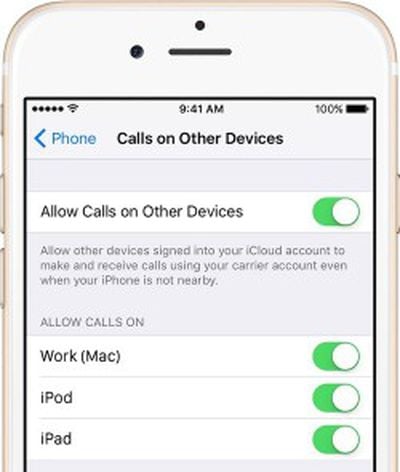 Alongside the launch of iOS 9.1, Sprint has implemented an enhanced Wi-Fi calling feature for its users, allowing them to make and receive calls on multiple iOS and Mac devices over Wi-Fi or a cellular connection.
Alongside the launch of iOS 9.1, Sprint has implemented an enhanced Wi-Fi calling feature for its users, allowing them to make and receive calls on multiple iOS and Mac devices over Wi-Fi or a cellular connection.
Prior to today, it was possible for Sprint users to make and receive calls from iPads and Macs using an iPhone's cellular connection, but that functionality did not extend to calls placed over Wi-Fi when cellular signal was low.
The iOS call forwarding feature implemented with iOS 8 that allowed users to make and receive calls from multiple devices required Wi-Fi calling to be turned off, but that is no longer the case. Calls placed or received on devices other than an iPhone will now work over a cellular connection and when connected to Wi-Fi with Wi-Fi calling in use.
Receiving calls on multiple devices with the call forwarding feature also required devices to be on the same Wi-Fi network as an iPhone, but with enhanced Wi-Fi calling, that's no longer necessary. In fact, an iPad or a Mac can still receive a call when an iPhone is in another location entirely or turned off.
Sprint users can access the new enhanced Wi-Fi calling feature by downloading iOS 9.1, watchOS 2, or OS X 10.11.1 on their devices and making sure Wi-Fi calling is enabled on an iPhone by going to Settings --> Phone --> Wi-Fi Calling. Other devices can be set up to receive calls by going to Settings --> FaceTime --> Calls from iPhone. All devices must use the same Apple ID and they must be signed into iCloud.
These advanced Wi-Fi calling features, which are outlined in an updated Apple Support document on Wi-Fi calling, are also available to T-Mobile users in the United States. While AT&T and several other international carriers have implemented support for Wi-Fi calling, it does not extend to the enhanced Wi-Fi calling feature available to Sprint and T-Mobile users.


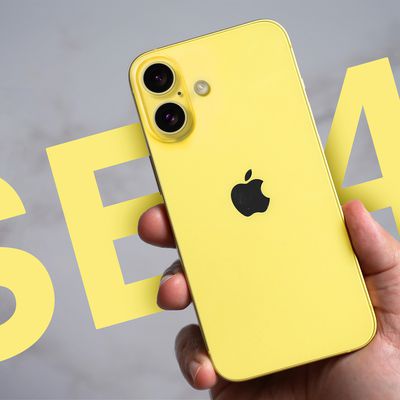
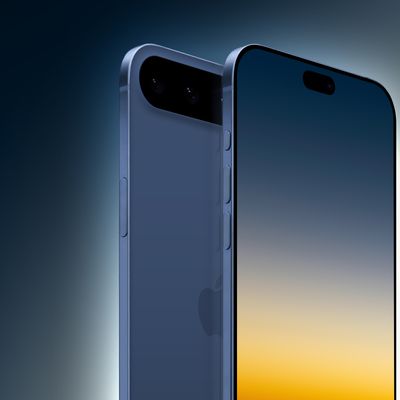
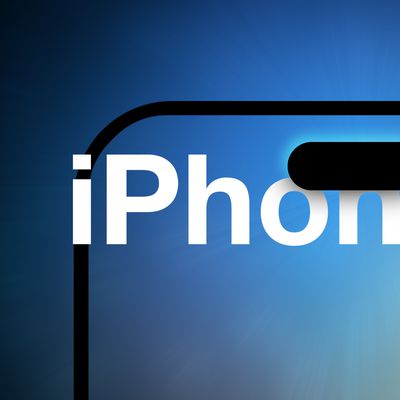
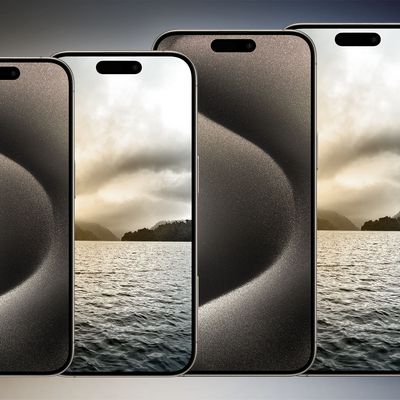
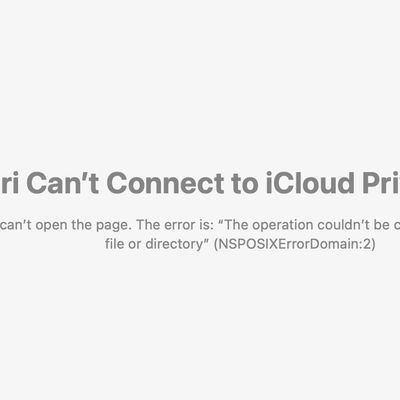








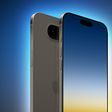

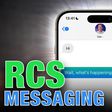

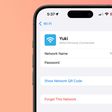
Top Rated Comments
Oh wait, I get it. The calls hardly go through with the phone so if you just turn the phone off, you have the same experience on your iPad and Mac, as well. ;)
I know you have to pretend you're wearing clothes, Emperor. But we all know your network has its really crappy spots, also. Some of them in major cities. Your public arrogance about the superiority of your network would be hilarious, if it weren't so infuriating.